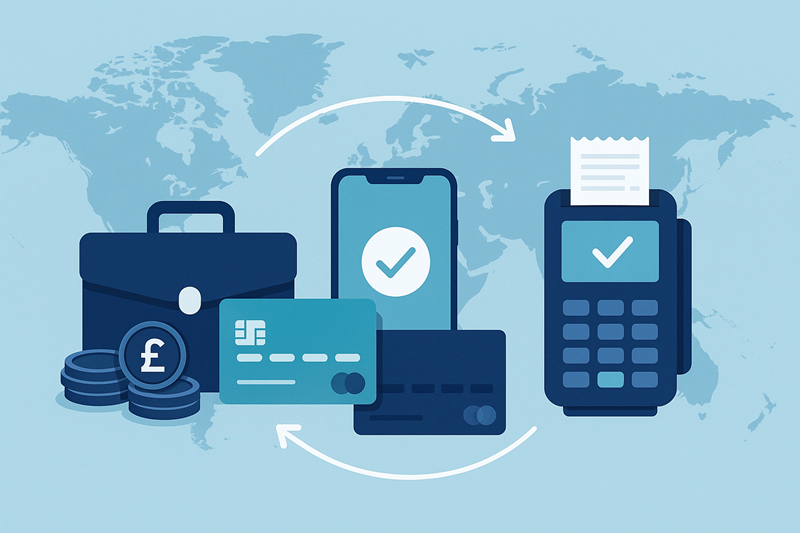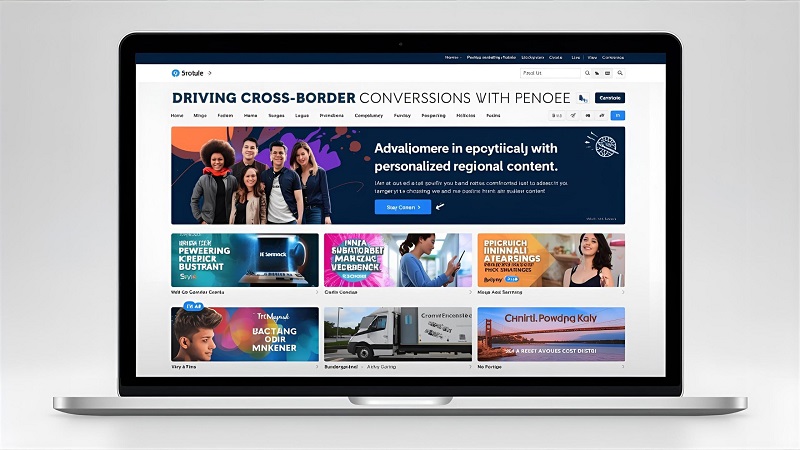If your business sends or receives money across national boundaries, then having a payment system that deals capably with these transactions is essential. Without such a system, life can become unduly complex. Let’s take a closer look at why, and how the right international payment solutions can help.
Challenges in Global Payments
In 2017, the value of cross-border trade was around $150 trillion. By 2027, the figure is expected to be closer to $250 trillion. The growth is particularly intense around certain sectors, like manufacturing, which rely on increasingly complex supply chains.
These payments are complicated by a lack of coordination in both data formats and compliance checks. Different regulatory regimes might apply their own checks, which in many cases means that the transaction is checked twice. This can result in higher fees and delays. Where data from different regions comes in different formats, the costs are raised still further.
In many countries, settlement systems are available only during working hours. This can make it more difficult to contend with time-zone disparities.
Features of Effective Global Payment Solutions
A good global payment system will seek to minimise these problems, and others, in a myriad of ways. For one thing, it should be able to support many different currencies, and perform conversions on the fly. This will reduce friction for both sellers and buyers.
It should also be able to process transactions in real time, regardless of what time it is in any given country. This might allow a business in, say, Brisbane, to sell to one in Bristol – even if it’s the middle of the night in Australia.
Finally, a global payment solution should be able to integrate easily with a business’s existing systems. This is often a matter of standardisation.
Benefits of Modern Payment Platforms
If you’re using a modern payment system, then you’ll be able to receive your money almost instantly. This helps to avoid all of the problems that come with poor cash flow. You’ll be able to reassure your workers, suppliers, and creditors that they’ll get their money when it’s owed.
Customers are also a lot less likely to be irritated during their dealings with you. This might make them more inclined to return – and to point other potential customers in your direction.
Selecting the Right Provider
When selecting a provider, it’s worth considering the size and reputation of the organisation in question. Think also about the shape of your business, and what it needs. If you intend to grow rapidly over the next few years, it’s worth picking out a provider whose solution scales easily.
UK Payment Methods and Emerging Trends
The preferences for payment methods vary across the UK, and they also change over time with new technological advancements.
Currently, contactless payment methods are at the top, as more than 80% of UK citizens use contactless payment methods. Contactless payments offer several advantages, including ease of use, fast transaction time, and technological integration. Some popular contactless payment methods in the UK are Apple Pay, Google Pay, contactless cards and digital wallets. There has been a noticeable increase in the use of mobile payments in the UK over the last few years. Both customers and businesspeople are adopting mobile payment methods for financial transactions. The business-to-customer payment methods that are popular in the UK are digital wallets, contactless debit and credit cards, bank transfers, and direct debits. Meanwhile, business-to-business transfers rely mainly on bank transfers, credit cards, and direct debits.
Another significant emerging trend in the UK financial sector is the use of cryptocurrency. Some large corporations in the UK are now accepting digital currencies for goods and services.



















Leave a Reply